
They say that everybody has a board game in them. You might be the talk of the town in your local game store, unbeaten in everything from Avalon to Zendo, or you might be a complete newcomer, eager to transform your mild interest into a full-on addiction. No matter who you are, you have the power to take that love of gaming and transform it into a real-life thing in a box. If you’ve already done that, then well done – the world’s your oyster (please see our next guide on what to do in this new, oyster-shaped world). However, if you’re still not sure on how to create your own board game then look no further. The next steps are designed to help you along as you create the best board game in the world. (If this happens, please give us a shout-out.)
Step one: Play more games
This probably won’t come as much of a shock, but there are a LOT of board games out there – and they’re all just waiting to be played. All the best games in the world have been inspired by other games before it, so it’s time to find your inspiration. Plus, if you want to create the next big thing, then you need to know what you’re up against. Playing all the board games in the world can be a pretty daunting task, so we’d recommend starting with some alternative classics you might have missed along the way. Here’s a quick hit-list of games that every budding designer should have ticked off:

- Settlers of CatanOne of the world’s favourites, this is a negotiating game about rolling dice, constructing cities and having an iron grip on the world’s wheat market. Expect to hear a lot of yelling.
- CarcassonneThis is like the cleverest version of dominoes ever. But, instead of dots, your tiles have roads and cities on them. Build and claim the longest roads and biggest cities to win.
- DominionThe original deck-building game, two players go head to head and race through their private pile of cards to purchase treasure, dodge curses and grab as many victory points as they can.
- PandemicUnlike most other games, this one’s co-operative and requires players to work together on the same team, racing across the world trying to eradicate four deadly viruses.
- BalderdashFinally, here’s a party game, where the main objective is to make the other player’s laugh (all while pretending to know the definition to a bunch of strange-sounding words).
There’s a lot more classics out there, but this is a good jumping off point for any newcomers wondering how to design their own board game. If you already consider yourself a board game connoisseur and found that list insulting, we apologise. Your next job should be to step outside of your comfort zone and test out some games you would’ve avoided in the past. That space-age underwater war game could end up being the perfect inspiration for your new cute kitten party game. You just never know.
Step two: Pick the perfect theme
The beauty of board games is that they can be about anything. Literally, anything. We’ve seen games about talking toilets, dancing cows and crocodile pool parties. So, with that in mind, you should let your imagination run wild and don’t let anything hold you back. However – there are some themes that simply don’t need anymore attention. When the sky’s the limit, it’s amazing how often we see games based around:
-Zombies.
-Cthulhu.
-Elves, Dwarves and Dragons.
-TRAINS.
If you think you can create your own board game and revolutionise one of these themes, then go ahead and ignore us. But if you really want your game to stand out, we’d recommend going with something a bit more weird – like a game about ‘Galaxy Pandas’ or a ‘Cat-Owned Human Café’. Obviously we can’t tell you exactly what to base your game on, but there are tools out there that can help when you’re stuck for inspiration. Here’s one of our personal favourites: a website that mashes two random words together (it’s where we got ‘Galaxy Pandas’ from).

Step three: How do you win?
Now that you’ve got a dynamite theme, it’s time to get stuck into the nitty-gritty of game design. As you play more and more, you’ll start to notice that games can be grouped into certain categories. Some are about building massive cities, whilst others are about blowing stuff up. Some require you to assassinate the other players one-by-one, whilst others just require you to make them laugh. All these different requirements have a fancy name: “win conditions” (which basically just means “aim of the game”). It’s something that can change everything about how a game is played, so it’s important to have one in mind from the moment you start designing your board game. There’s literally hundreds of win conditions to choose from, but here’s a couple of commonly-used ones to get you started.
[Note: for this list, to give some context, we’ll use our ‘Cat-Owned Human Café’ theme as an example.]
-Elimination: You are all cats and you all own human cafés. Your goal is to sabotage the other cafés, while defending your own from attack. Last player standing, wins. Games that use this condition: Coup, Exploding Kittens and King of Tokyo.
-First to Finish: You are all humans, trapped inside a café that’s run by cats. Your goal is to roll dice, avoid traps and race towards a specific location to escape the café before anyone else. Games that use this condition: Snakes and Ladders, Ludo and Sorry!
-Highest Score: You are all cats and you’re all trying to renovate your human cafés. Your goal is to improve your café by building extensions, purchasing humans and cashing in points. The player with the best café (and the most points) at the end, wins. Games that use this condition: Carcassonne, 7 Wonders and Sushi Go.
-Capture Territory: You are all cats, you all own human cafés and you want to take over the world. Your goal is to expand your empire, build more cafés and control more territory than the other players when the game ends. Games that use this condition: Diplomacy, Blokus and Scythe.
-X-in-a-row: You are a cat and you own many humans that you can position around the café, one-by-one. Your goal is to line up four of your humans before anyone else. Games that use this condition: Connect Four, OK Play and Quixo.
There are loads more that aren’t on this list, and several games that have combined two (or more) win conditions in the past. For example, ‘Zombies!!!’ is a great game where players can win by either being the first person to kill 25 zombies (Highest Score), or by being the first to reach the helicopter (First to Finish). Basically, if you see something you like on that list, then go for it. If you don’t, there’s plenty more research to be done. Board Game Geek have a load of great threads available and Wikipedia have a pretty thorough (albeit boring) selection of win conditions to choose from here.

Step four: How do you play?
Once you’ve decided on the ultimate destination for your players, it’s time to figure out how they’ll get there. When it comes to making your own board game, you need to think about what can happen to players (and what they’re allowed to do) within your game. These also have a fancy name: “game mechanics”. Essentially, putting a game mechanic in your game is like putting in a rule. If you do X, then Y happens. In Snakes and Ladders, if you roll a high number, you get to go first. If you land on a ladder, you skip forward. Each one of these is a game mechanic. Just like win conditions, there are loads of different game mechanics to choose from. Here’s a couple of examples:
-Betting
-Bidding
-Card Drafting
-Co-operative Play
-Deck Building
-Dice Rolling
-Hand Management
-Memory
-Push Your Luck
-Set Collection
-Storytelling
-Trading
-Voting
-Worker Placement
Each mechanic presents the player with a meaningful choice, and it’s up to you to decide how many to include. If you choose too few, you risk making your own board game too simple. Snakes and Ladders for example, just uses the ‘Dice Rolling’ mechanic, which can limit the number of meaningful choices for the player, resulting in a boring game. On the other hand, if you try to cram in as many mechanics as you can, you’re bound to end up with a game that’s impossible to understand and a rulebook the size of an Argos catalogue. (These types of games definitely have their audience, but maybe not a great idea for your first project.) The trick is to find a nice balance. For example, Monopoly has a selection of mechanics from the list above and although it’s occasionally criticised for being too boring, it’s still a long way away from Snakes and Ladders. Along with dice rolling, it also uses:
-Bidding: An auction is held whenever a player declines to purchase a property.
-Set Collection: Players are encouraged to collect a set of items in order to gain more money.
-Worker Placement: Players must decide where to place their houses and hotels across the board.
Each of these mechanics can help the player make meaningful choices that enable them to move closer to Monopoly’s win condition – to make money and be the last player standing. In order for your game to be fun, you’ll need to choose mechanics that help players achieve your win condition in the same, meaningful way.
Step five: Friendly testing (followed by serious testing)
So you’ve got the theme, the aim and the rules. You’re one step closer to building the game of your dreams. Now it’s time for the hardest job of all… showing it to other people. You might think that your board game is the bee’s knees, but you won’t know for sure until you get people playing it. To start, we recommend sitting down with friends and family, sweetening them up with some free pizza and playing a few rounds with them. Once they’re confident with how it works, take a step back and watch them play by themselves. This should give you a good idea of how intuitive (or confusing) the mechanics are. After they’re done, get each of them to send you one positive and one negative about the game (anonymously, if possible). Now you’re ready for the serious part. Testing the game again… with strangers.
The world can be a scary place, but thankfully it’s full of places for new designers to test out their board games, no matter how far along they are. If you’re looking to test it right away, head to your nearest board game café (or bar) and see if you can find some friendly-looking customers to try out a couple of rounds. Just try to keep the tests no more than 10 minutes long – they might be friendly, but they didn’t come here to play your prototype.
If you want to be more official about it, we’d recommend taking your game to the mother of all board game show: the UK Games Expo in Birmingham. Once there, you can set up a table in the game-testing section and try out the game with one of 40,000 gamers that visit the show across the weekend. There’s also plenty of publishers walking around these shows, so you should treat this as your game’s final testing phase. Make sure that the rules are clearly written out, the mechanics all make sense and that the artwork looks fairly decent.

Finished!
Follow these five steps and you should be left with a pretty solid board game. Assuming your game doesn’t get snatched up by a hungry publisher at UK Games Expo, the next part of your journey will be figuring out how to get it published (which we’ve explained in a bit more detail here). Before you embark on that though, give yourself a big pat on the back. You’ve just created the world’s 239,407th board game. Who knows – it might end up being the best one yet!

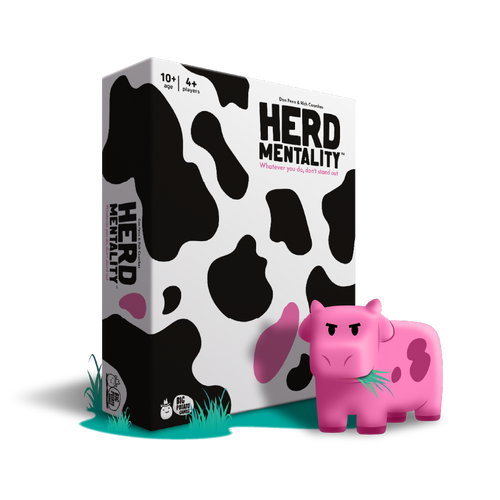

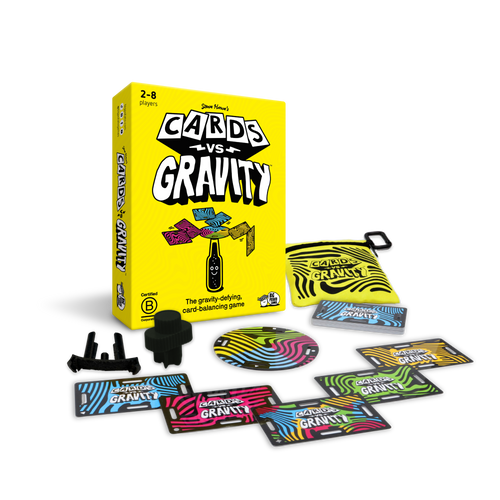
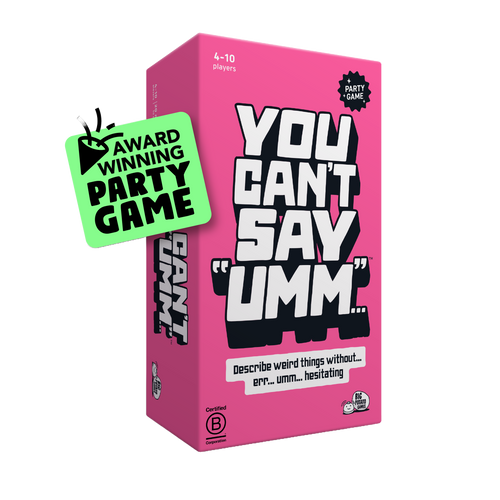
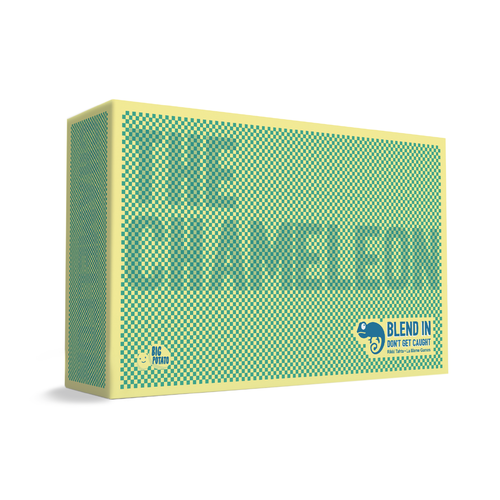
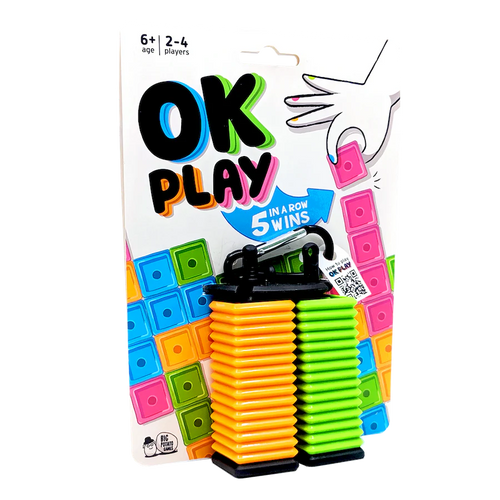
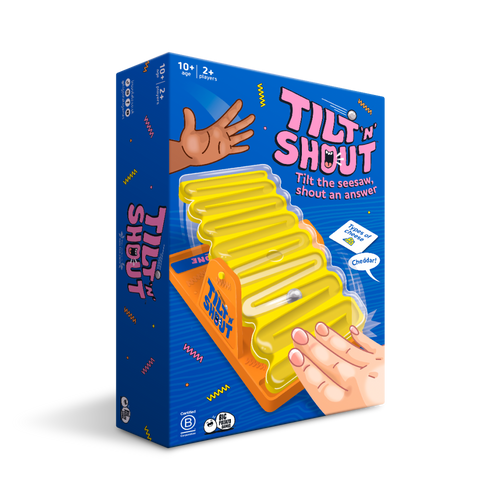
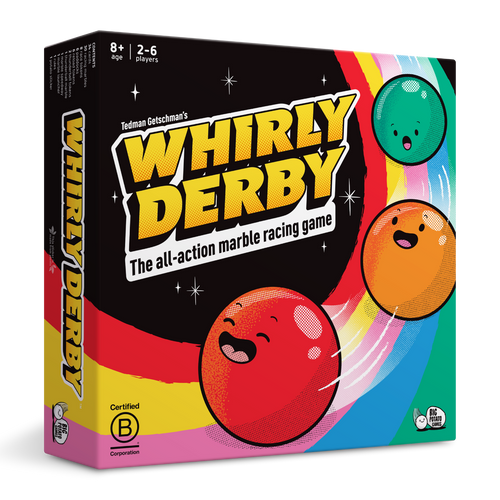


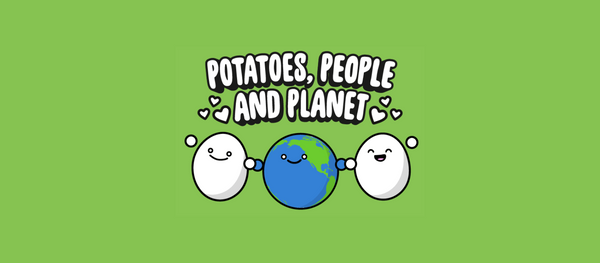

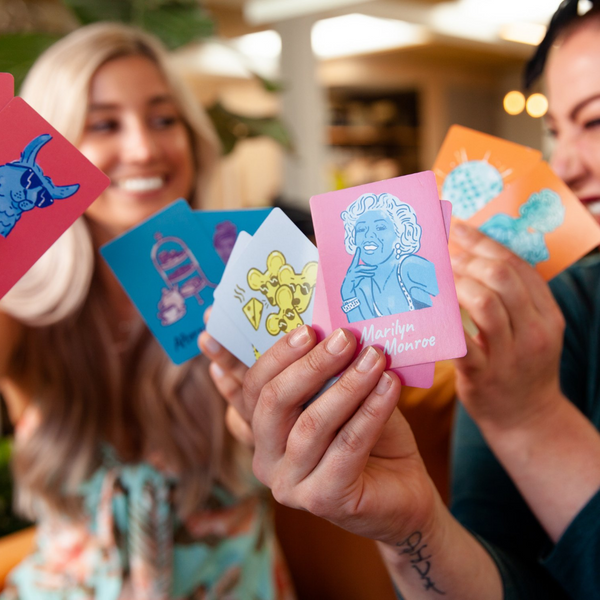
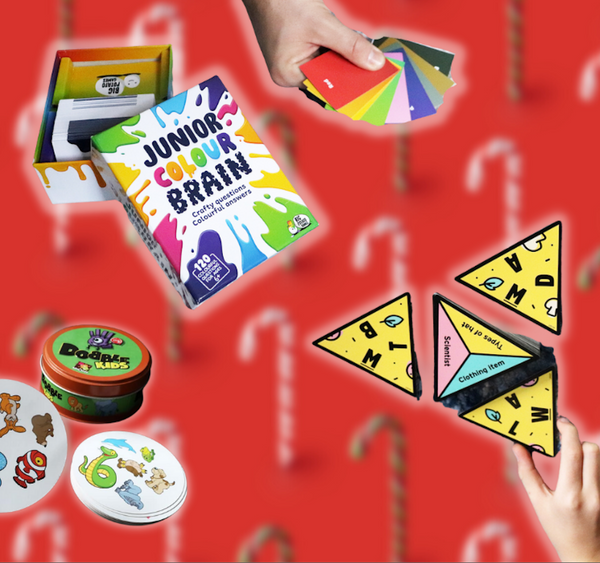






Comments
Comments